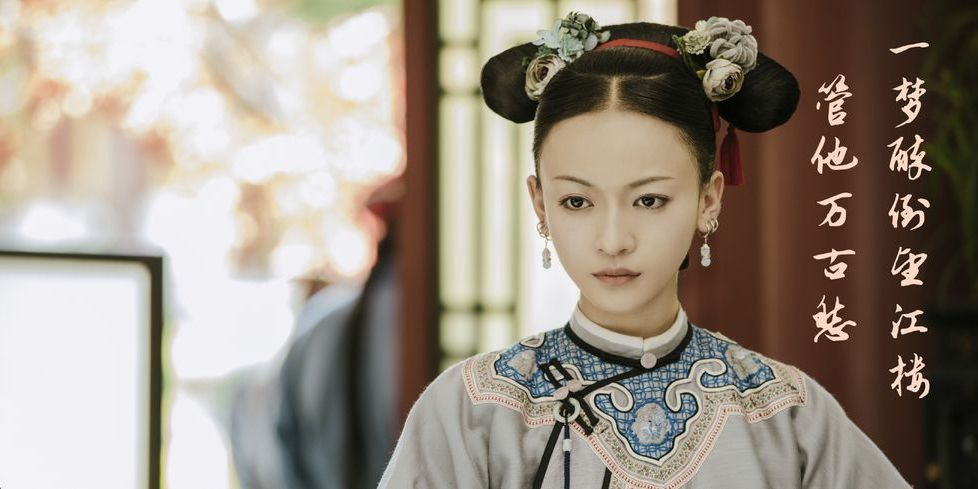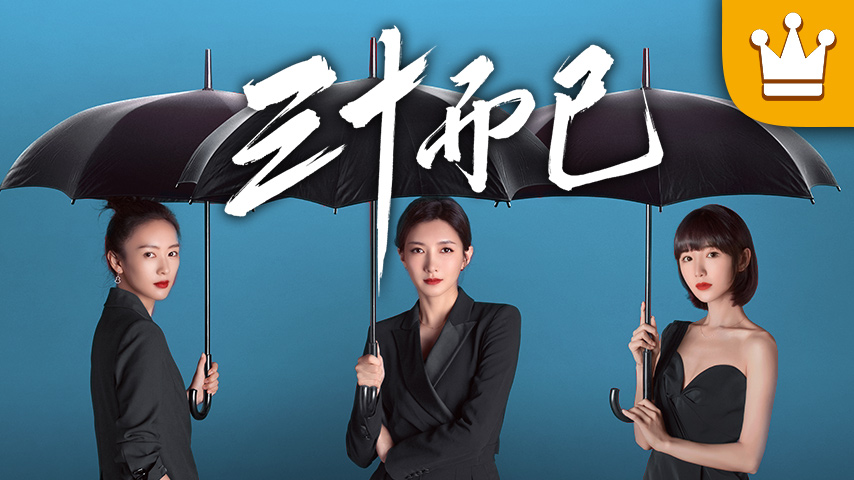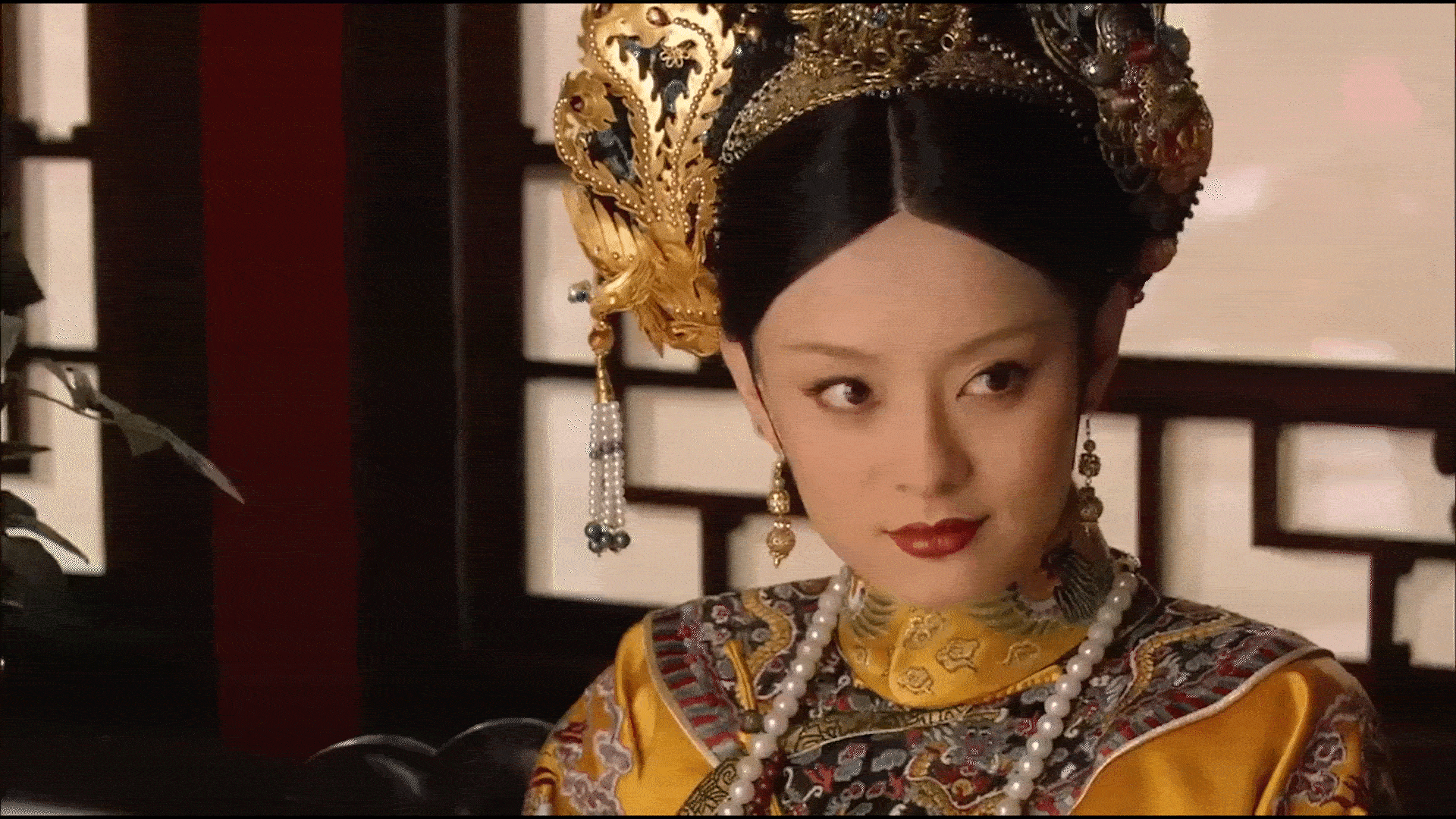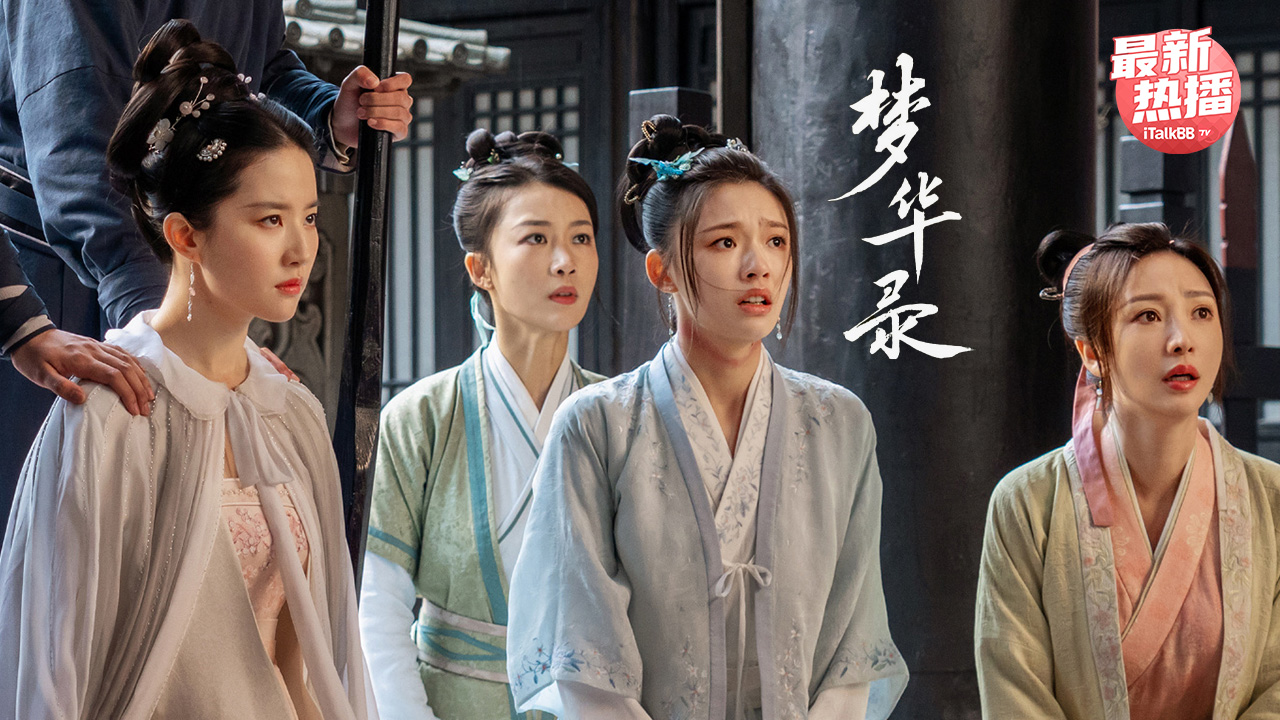You are about to see changes in the dominance of the international entertainment powerhouse.
Many Chinese in-language shows and dramas have gained tons of followers and awareness among the global audience over the past few years. This signifies that the international entertainment industry is no longer dominated by western culture.
OTT platforms propelled globalization
With the growing entertainment capital and budget from Chinese investors, the global audience of Chinese content is expected to grow due to the high-quality productions, and distinctive cultural aesthetics as seen in costumes are some of the main factors that lure the audience. Many of the successful dramas and TV shows have been translated into different languages to be streamed overseas on platforms such as Netflix, YouTube, and Rakuten Viki.
OTT platforms have democratized the genre of dramas. Not only has it exploded in popularity among younger generations, but also gained traction among their parents’ generation. The rise of Asian content in the global market has an interrelationship with the rise of OTT platforms. It allows more exposure to diverse content instead of limited options on traditional TV cables. Many Asian music and movies have gained tremendous traction in the global market because international audiences discovered the new content that they like on OTT platforms and thus know more about Asian culture.
The rise of C-Drama
The unique historical genre of Chinese drama (C-drama) created a new category in storytelling like no other. For example, “Story of Yanxi Palace” entailed the story during the reign of Emperor Qianlong in the 1700s; it has been praised for the quality of production and costume given its historical period and has been translated into 14 languages. It was also streamed over 15 billion times and became the most googled show ever.

As stated on Marketing Effective, “According to iQiyi’s pilot C-Drama Wave Survey conducted across 26 countries with more than 5,200 respondents, 76% of the respondents surveyed said they had sampled C-entertainment, and 43% watched the content on streaming platforms. One in two of those surveyed also said they enjoyed watching C-dramas and would recommend C-dramas they like to others.” The global audience is pushing the C-drama wave even further.
K-drama influence
The unique storytelling has set Chinese dramas apart to attract a wider audience base internationally. This is due to the Asian cinema and music content trend helping grow awareness of Asian culture. South Korean film “Parasite” caught the world’s attention when it won both the awards at Cannes and the Academy Awards in 2019. The narrative of the movie not only surprises the audience and shocks the world from a different angle, but it also allows the global audience to accept more genres and disregard the language barrier. As the introduction of Asian content keeps surprising the world, the demand for more Asian content is expected to increase.
While the success of K-pop has swept the world for years, C-pop has followed in its footsteps and gained prominent attention in recent years through its unique culture. According to Yan, C-dramas are known for historical/costume and fantasy genres such as time travel to ancient times, while K-dramas are famous for modern-day romance. “The Untamed”, “Ashes of Love”, and “Eternal Love” are some successful examples of C-dramas. Overall, the set designs of Chinese historical dramas are meticulous about costumes, makeup, and props because they get a much bigger budget. The lengths of Chinese dramas can be up to 30-60 episodes long with each episode lasting 30-45 minutes.
How C-drama shape the economy
The phenomenon of the “Fan economy” has propelled how brands creatively sponsor in the Chinese media and entertainment industry. In “Fan economy in the Chinese media and entertainment industry: How feedback from super fans can propel creative industries’ revenue”, Liang and Shen talked about how the power of fans of entertainers has a considerable impact on the economy. They separated the fans into 3 different types, from the lowest identification fans to the most loyal fans based on how they interact with the stars. The most loyal followers are willing to pay a significant amount of money and have strong feelings for the idols. They will do everything they can to support their idols as if they were supporting their own family. Showing a different level of relationships between people.
According to Jing Daily, the Chinese entertainment industry has not yet reached the same level as South Korea’s K-pop groups performers like BTS, Blackpink, and Squid Game, the hit show on Netflix. There are still some milestones to achieve. However, there are numerous opportunities for brands to feature Chinese stars in global campaigns. For example, Jackson Yee, an award-winning actor in the movie “Better Days” was a global ambassador for Tiffany & Co; Jackson Wang promoted for Cartier alongside well-known western celebrities.
There are many opportunities for brands to subtly insert their products in TV dramas too. In “Nothing but Thirty”, a popular show that garnered 4 billion views within 18 days after release, one of the main characters Gu Jia wore several pieces sponsored by brands like Tiffany, Dior, and Bvlgari. Not only the hashtag #GuJiaOutfit gained 180 million views on Weibo, but also the pieces that she wore became trendy items of the season in China. It is definitely worth investing luxury products in popular TV shows as it assures massive amounts of exposure that will lead to sales.

As for consumer packaged goods, product placement is also a technique that brands used to promote in a logical way that won’t disrupt the plot. Some of the other common ways that brands used are pre-roll ads, interstitial ads, and creative banners. Some even come up with oral endorsements in reality shows as the host will speak about the brand's benefit in a memorable way. Title sponsorship is also well seen on TV shows where the logo of the brand can be seen on screen with the name of the show.
What are the main C-drama genres?
The popular Chinese drama type usually involves history, romance, and fantasy. Below are the main genres of C-drama that gained popularity in recent years.

Historical Costume
Chinese historical costume drama is the most well-known category not only because the uniqueness of the costume captures a lot of attention but the storytelling reflects the ancient dynasty and can not be seen in other types of drama. Mostly beloved by women of all ages, historical costume dramas depict the complicated relationships between all the women of the emperor in the palace. The stories are based on history and add in some fiction, mostly about their fight for the emperor’s attention and against each other.

Idol drama
This type of drama often casts famous idol performers to play the main characters. Usually, a combination of prince charming falls in love with an ordinary girl. Guest Post compared this type of drama with Twilight Saga and Fifty Shades of Gray and noted that Korean and Taiwanese idol dramas are more popular among Chinese female audiences.
Transmigration
Besides historical costume drama entails the stories of ancient times, another way to sell eye-catching costumes is through transmigration. This type of drama usually starts with time traveling and the main plot is about stories from the past. This is because there is a huge difference between ancient China and modern China and time travel between these two sides never gets old. Guest Post stated the most common storylines would be a Chinese woman living in modern times accidentally traveling back in time and getting involved with a legendary hero. Some stories also reverse the theme with ancient characters time-traveling to modern China.

The growing potential of C-drama is undeniable thanks to the democratization of OTT platforms.
Abundant platforms allow numerous choices of entertainment for audiences to explore disregarding cultural and language barriers. There is no border when it comes to art and drama.
In short, there is a tendency that Chinese productions are following the K-pop effect to attract a global fanbase. With the concept of the fan economy and strategic plans for brand partnerships with Chinese entertainment, it is likely to see more investment in the industry. iTalk TV Platforms will continue to be a pioneer in providing the best Chinese dramas to the North American market.
iTalkBB Media is a leading marketing and advertising source offering unique advertising opportunities to businesses penetrating the Chinese consumer market in North America. As a member of the iTalk Family Companies, it has exclusive advertising rights for placement of advertising on its affiliate companies’ state-of-the-art Set-Top-Box (iTalkBB Chinese TV) and streaming (iTalkBB TV) Chinese language platforms (the “iTalk TV Platforms”).
iTalk TV Platforms are the largest licensed Chinese-language television and streaming service in North America. iTalk TV Platforms are boutique ad-supported video-on-demand (AVOD) platforms with options of free and subscription tiers offering various Chinese streaming content through their Set-Top-Box platform and digital platforms on the web and mobile app versions. By reaching 2 million users, the services entertain audiences with a curated collection of movies, TV shows, and original content, in addition to 30+ live-streaming channels.
iTalkBB Media provides a wide range of multi-formatted advertising solutions for businesses to make their brands even more visible. Our enhanced ad-viewing experiences allow marketers to explore new-found interactive campaign formats with data-driven processes. To learn more, please don't hesitate to contact our representatives. Contact Us










